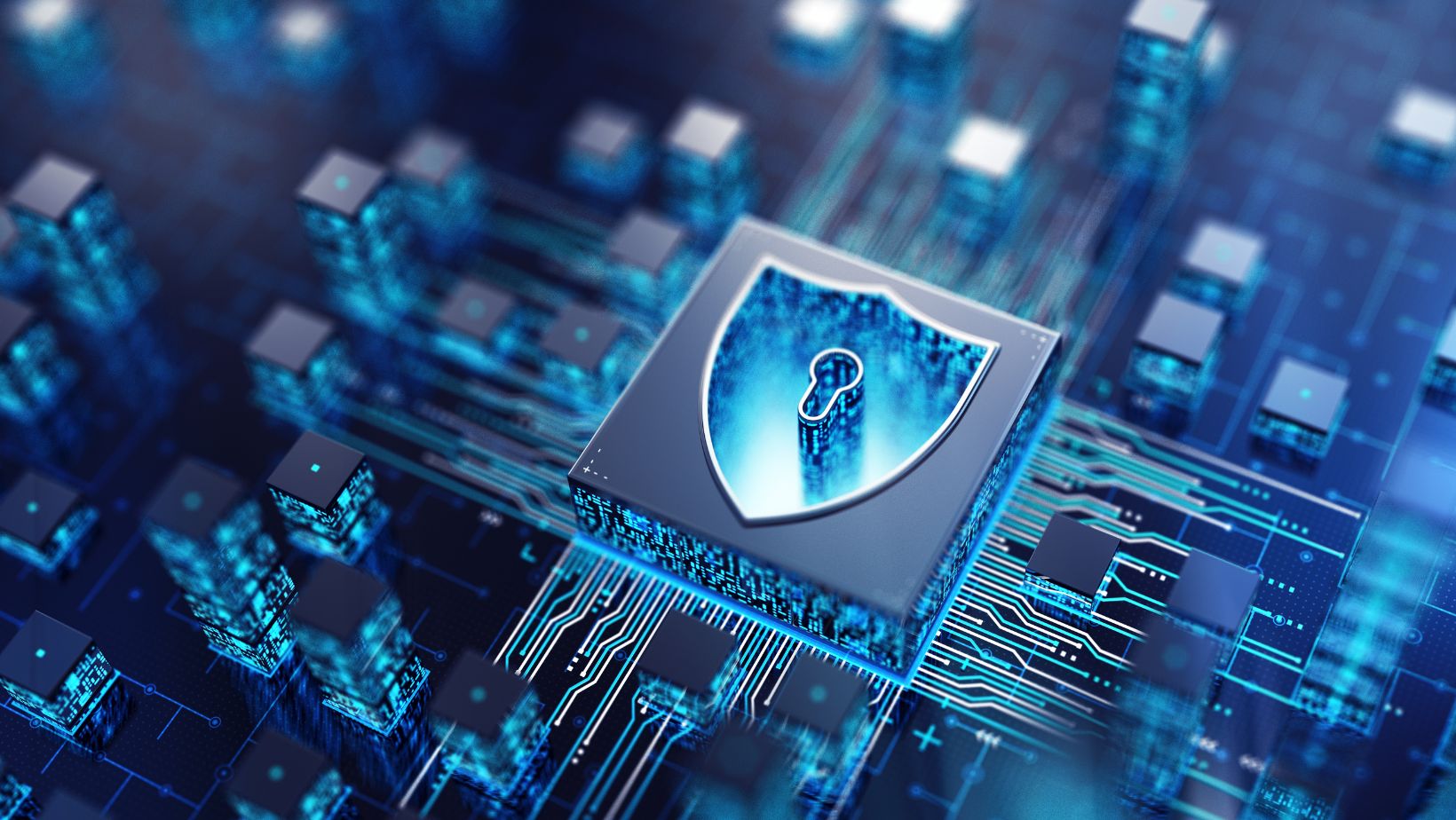Cyber threats are growing faster than ever. In 2025, attacks have become more advanced, frequent, and costly. Ransomware, phishing scams, and AI-powered hacking tools now threaten businesses of all sizes.
But by working together and acting early, we can protect our systems, data, and customers. Let’s break down how.
The Evolving Cyber Threat Landscape
Cybercrime isn’t just growing; it’s evolving. Experts predict global losses will hit $10.5 trillion annually by 2025.
Hackers now utilize AI to craft convincing phishing emails, automate attacks, and identify vulnerabilities in our systems more quickly than humans can.
Remote work, cloud services, and IoT devices (such as smart cameras and sensors) have expanded our network capabilities. More devices provide more entry points for attackers. Even a single unsecured smart thermostat can provide hackers with a means of accessing our systems.
Ransomware gangs no longer lock files; they steal data and threaten to leak it unless a ransom is paid.
Supply chain attacks are recently also on the rise. Hackers target smaller vendors to reach larger companies, as seen in the 2023 MOVEit data breach, which affected thousands of organizations through a single software tool.
Major Vulnerabilities Facing Businesses
1. Supply Chain Risks
Over 54% of large companies report that supply chain weaknesses are their biggest cybersecurity challenge. Attackers focus on vendors with weaker security, knowing they can use them to access bigger targets.
For example, a hacker might breach a small IT provider to steal login details for their corporate clients.
2. AI and Automation Risks
AI tools help us detect threats more quickly, but hackers also utilize them. They automate phishing campaigns, create deepfake voice scams, and test malware against security systems.
Many businesses adopt AI tools without first checking for security flaws, leaving themselves vulnerable to attacks.
3. Ransomware Evolution
Ransomware gangs now demand payment twice: first to unlock data, then to delete stolen copies. Some even contact customers directly to pressure companies into paying.
Healthcare, education, and manufacturing are top targets because downtime costs them millions per hour.
4. Social Engineering and Phishing
Scams are more complex to spot. Phishing emails mimic the writing styles of coworkers, while smishing (SMS phishing) texts resemble delivery alerts or bank notices.
Deepfake audio calls from “CEOs” can trick employees into transferring funds.
5. Regulatory and Compliance Challenges
Laws like GDPR (Europe) and CCPA (California) require strict data protection, but global rules vary widely.
A company operating in 10 countries may face 10 different cybersecurity laws, making compliance a complex and challenging task.
6. Cyber Talent Shortage
There aren’t enough skilled cybersecurity professionals. Only 14% of organizations feel fully confident in their team’s ability to handle attacks.

Small businesses struggle the most, often lacking the budget to hire experts.
The Business Impact of Falling Behind
A single data breach costs $4.9 million on average, but the real damage goes deeper:
- Reputation loss: Customers often leave after breaches, and rebuilding trust can take years.
- Legal penalties: Fines for violating the GDPR can reach €20 million or 4% of a company’s global annual revenue.
- Downtime: Ransomware can shut down operations for days, costing millions of dollars in lost productivity.
Small businesses face higher risks. Hackers see them as easy targets, knowing they often lack strong defenses.
One study found that 60% of small companies close within six months of a major cyberattack.
Proactive Strategies to Stay Ahead
1. Risk Assessment and Policy Development
Map your risks: List all devices, software, and data storage locations.
Update policies quarterly: Include rules for remote work, AI tools, and third-party vendors.
2. Employee Training and Awareness
Monthly training: Test staff using real-world examples, like fake phishing emails.
Encourage reporting: Reward employees who flag suspicious activity, even if it’s a false alarm.
3. Penetration Testing and Security Audits
Hire ethical hackers: They’ll simulate attacks to find weak spots.
Fix critical flaws first: Prioritize vulnerabilities that hackers exploit most often.
4. Patch Management and System Updates
Automate updates: Utilize tools to track and automatically address weaknesses.
Monitor end-of-life software: Replace outdated programs that no longer receive security patches.
5. Network and Endpoint Monitoring
Watch for anomalies: Sudden spikes in data transfers or login attempts often signal attacks. Tools like Fortinet vulnerability alerts and remediation strategies help detect threats in real-time and guide immediate fixes.
Use AI-driven tools: They analyze patterns faster than manual reviews.
6. Layered Security and Access Controls
Require MFA everywhere: Even entry-level accounts need multi-factor authentication.

Limit admin access: Grant employees only the necessary permissions.
7. Supply Chain Security
Vet vendors thoroughly: Ask for their cybersecurity certifications and audit reports.
Include security clauses in contracts: Require vendors to notify you promptly of any breaches.
8. Data Backup and Recovery Planning
Follow the 3-2-1 rule: Keep 3 backup copies on 2 devices, with 1 stored offline.
Test backups monthly: Ensure data can be restored quickly after an attack.
Addressing the Cyber Talent Gap
- Upskill current staff: Pay for cybersecurity certifications like CISSP or CompTIA Security+.
- Partner with schools: Offer internships to build a pipeline of future hires.
- Outsource strategically: Use managed detection and response (MDR) services for 24/7 threat monitoring.
Building a Resilient Cybersecurity Culture
Cybersecurity isn’t just an IT task; it’s everyone’s job.
- Lead by example: Executives should follow the same security rules as employees.
- Simplify reporting: Use a single email or chat channel for security concerns.
- Stay updated: Subscribe to alerts from CISA and industry groups to track emerging threats.
Conclusion
The exploit curve is steep but not insurmountable. We can reduce risks by adopting proactive measures, such as automated patching, employee training, and layered security.
Start small if needed, but start now. Every step taken today makes it harder for attackers to succeed tomorrow.
Let’s prioritize security, collaborate across teams, and stay vigilant. Our businesses, customers, and futures depend on it.